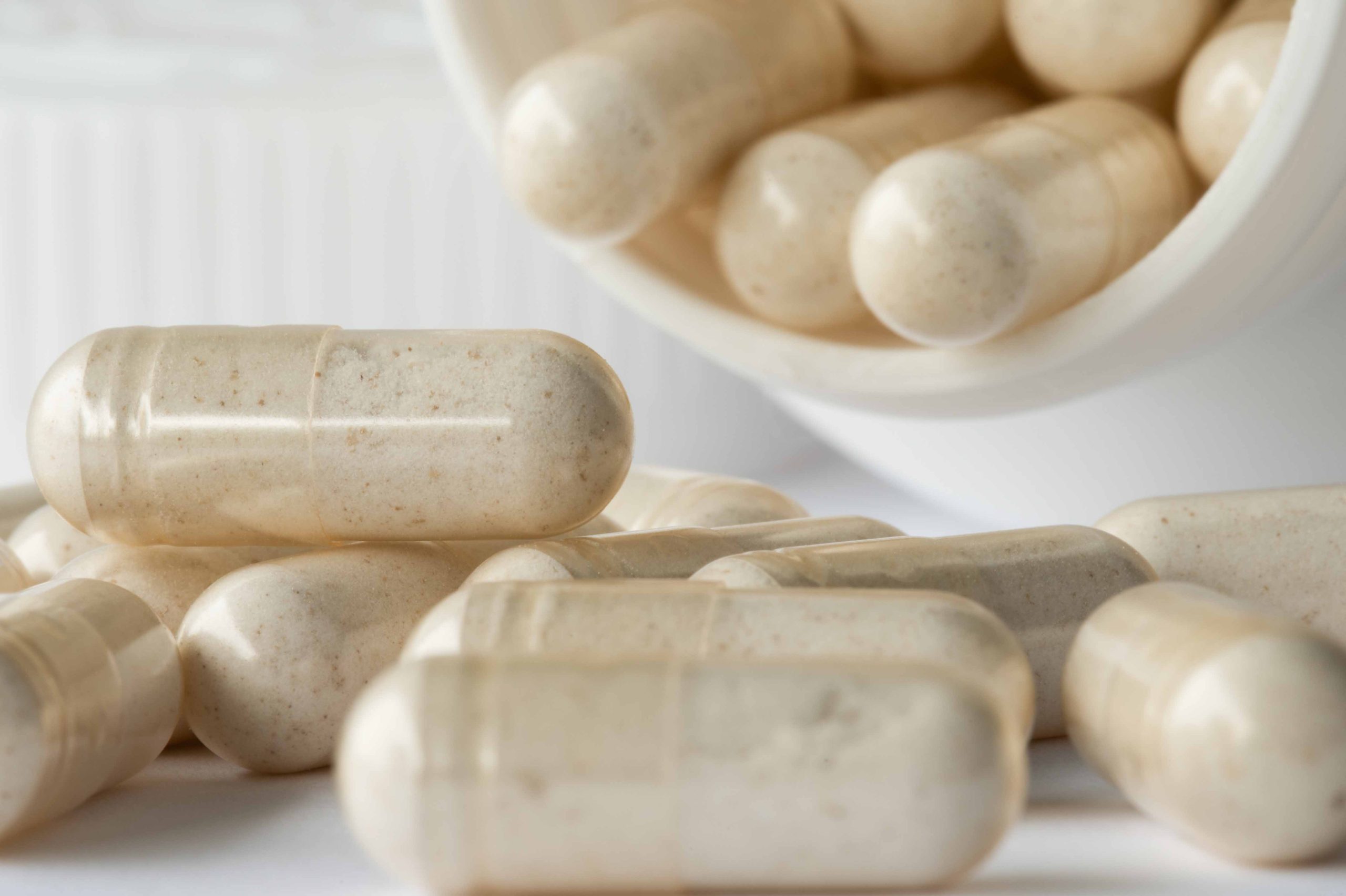Environmental factors affecting the probiotic survival
From their production to their consumption, probiotic food supplements are subjected to 4 major stresses impacting their survival. They are humidity, heat, oxygen and acidity.
- Production and packaging : humidity, heat and oxygen
- Shipping : humidity, heat and oxygen
- Storage : humidity, heat and oxygen
- Consumption : Acidity and digestive enzymes
Probiotic strains are dormant when they are in dry powder form. The addition of moisture and heat causes them to “wake up” in an environment that is not suitable for their survival (absence of a sufficient aqueous medium and food). This leads to the death of the cells.
Most probiotic strains of interest have been isolated from anaerobic environments (without oxygen): breast milk, feces and so on… They are tolerant to a certain amount of oxygen but prefer an environment where its content is low.
Probiotic strains are very sensitive to stomach acidity and digestive enzymes, which are our body’s first barriers to protect it from “external invaders”. Without any protection, it is generally more than 90% of the probiotic bacteria still viable after the production/packaging/transportation/storage stages that are killed during the stomach crossing!
Existing solutions to increase the effectiveness of a finished probiotic product
Several solutions are available to optimize the survival of probiotics throughout their life:
- Humidity
- Production, packaging and storage under controlled hygrometry
- Packaging with desiccants
- Overdried excipients
- Heat
- Production, packaging and storage under controlled temperature
- Cooled shipping and storage
- Oxygen
- Nitrogen packaging
- Integration of O2 absorbing agents in the primary packaging
- Acidity
- Microencapsulation
- Gastroresistant capsules
- Gastroresistant excipient
The execution of the production and packaging steps under controlled temperature and hygrometry is ideal to limit the increase of the water activity (Aw) of the product, and thus optimize the survival of the strains throughout the life of the finished product. Transport and storage under refrigerated conditions can also preserve the strains from the deleterious effect of too high temperatures. But it’s rarely used because of the associated costs.
Packaging under nitrogen or using O2 absorbing agents
Packing under nitrogen or using O2 absorbing agents in the primary packaging (e.g., 3-Phase Activ-PolymerTM technology / Activ-BlisterTM Solutions) allows oxygen to be trapped in the immediate environment of the strains, thus promoting their survival.
Use of dessiccants in the primary packaging
The use of desiccants in the primary packaging (e.g., cap and/or tube wall) helps prevent the probiotic mixture from taking on moisture, and even reduces the initial Aw of the product a few days after being packaged. Choosing an overdried excipient (excipient whose Aw has been reduced by a drying operation) also allows to reduce the initial Aw of the product and thus to lower the cell mortality over time.
Microencapsulation of strains
Microencapsulation of strains is effective in countering gastric acidity. However, few microencapsulated strains are commercially available due to the high cost of this technique. The use of gastroresistant capsules (e.g., DRcaps®) makes it possible to preserve bacterial strains from gastric acidity without having to have recourse to microencapsulation. Similarly, the use of a gastroresistant excipient (Algalithe P®) makes it possible to preserve the strains from acidity thanks to the formation of a protective barrier in contact with an acidic solution, which disappears in the intestine when the pH rises to release the strains in their site of action.
To conclude…
Thus, the most effective way to preserve the viability of probiotic strains throughout their life is to combine several of these solutions together to effectively fight against environmental factors deleterious to their survival and thus optimize their effectiveness in vivo.
